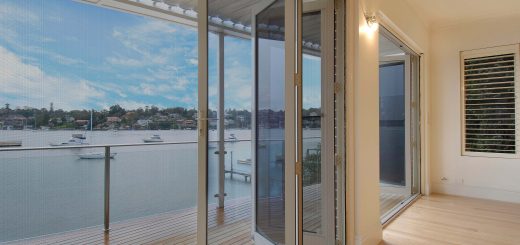The Current Trends in Modern Home Insulation Design
Thermal insulation of a house often occurs during house construction only in winter. Specifically, this is what comes to mind after receiving your monthly heating bill. Consider not only the inconvenience but also the impact on your monthly budget if most of the heat generated by your stove is leaking out from inadequate and ineffective insulation at home. The good news is that this aspect of home framing has its fair share of modern finishes. Recent developments have given us every reason to consider some of the more exciting modern thermal insulation options.
The most common and common insulation materials for our homes typically include the following:
-
- Fiberglass
- Mineral wool (mineral wool)
- Polystyrene boards
- Polyurethane foam
Weak isolation
Another emerging option that is becoming popular with homebuilding professionals is using “loose” cellulose particles made from shredded paper, Fiberglass, or rock wool. These are the types of insulating materials that are “blown” into walls and attics’ cavities. Their R-value is about 3-4 inches, and this is your best option for insulating walls with minimal damage, as they are inserted into wall cavities by drilling small holes. However, this type of insulating material’s main disadvantage is the possible settling of the material at the bottom of the wall cavities.
Secondary insulation
Another recent insulation option, which is now gaining a large number of fans, is secondary insulation. This type of insulation has two main advantages over conventional insulation types. The first significant advantage of this insulation type is that it is an ecological option since it uses materials that have long been sent to landfill. The second advantage is that it raises the margin of safety of your home’s insulation to a higher level. There is now a wide range of recycled products that you can use as home insulation, and research teams continue to explore more options and new products.
Soy-based insulation
Soy has been the star of the agricultural sector for several decades. Subsequent scientific research further enhanced the reputation of this “humble” product as it is now considered unsuitable for widespread use. You are now seeing the emergence of soy-based products in the industrial environment. These include materials of construction such as soy-based roofing, soy-based elevator lubricant, and soy-based foam insulation.
This unconventional insulation option’s main advantage is the higher level of safety standards it offers than its traditional counterparts. Be concerned about allergies and other chemical reactions and air quality when choosing insulation materials. This eco-friendly insulation system does not contain harmful chemicals or compounds such as formaldehyde and urea.
Summary
A greener alternative would be recycled paper insulation or thermal fleece made from lambswool. There is a safety concern for man-made materials, but so far, there is no evidence that Fiberglass, rock wool, or foams are harmful; however, the bags in which the Fiberglass is shipped contain health warnings.



















